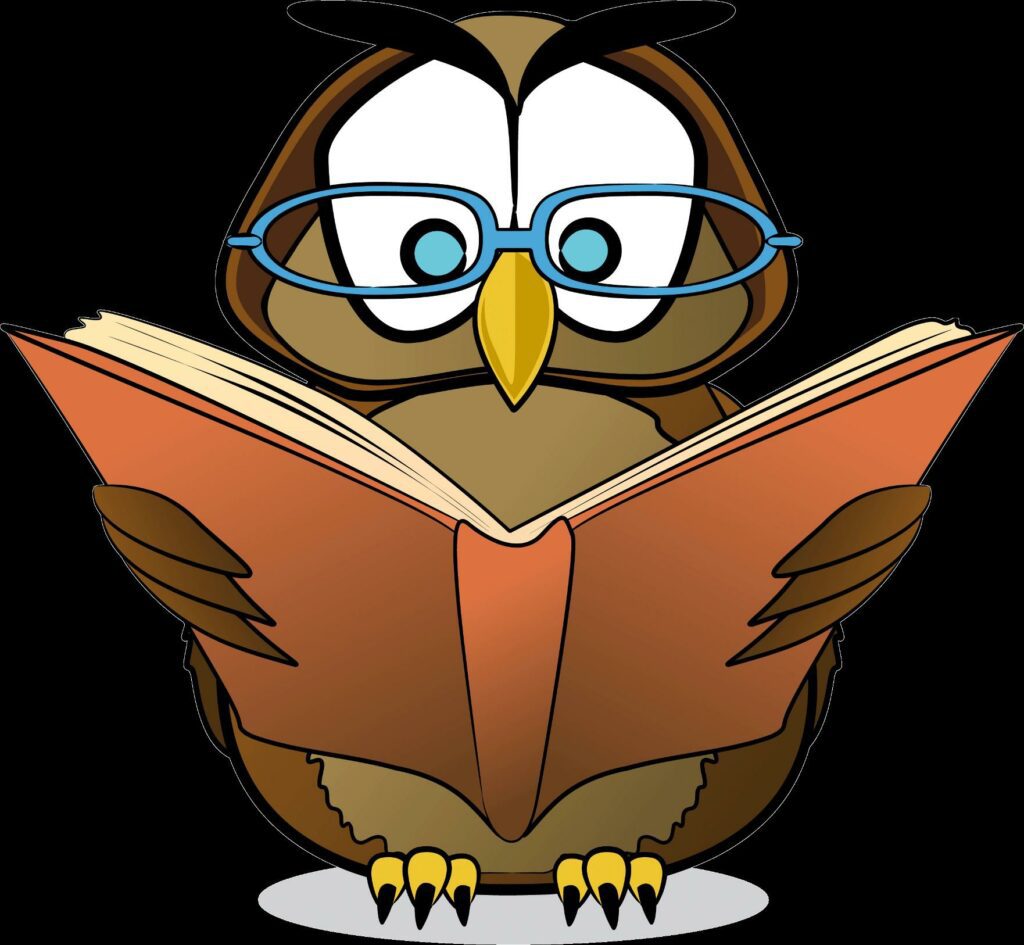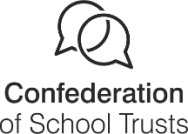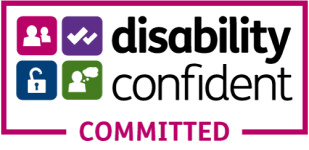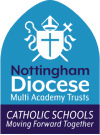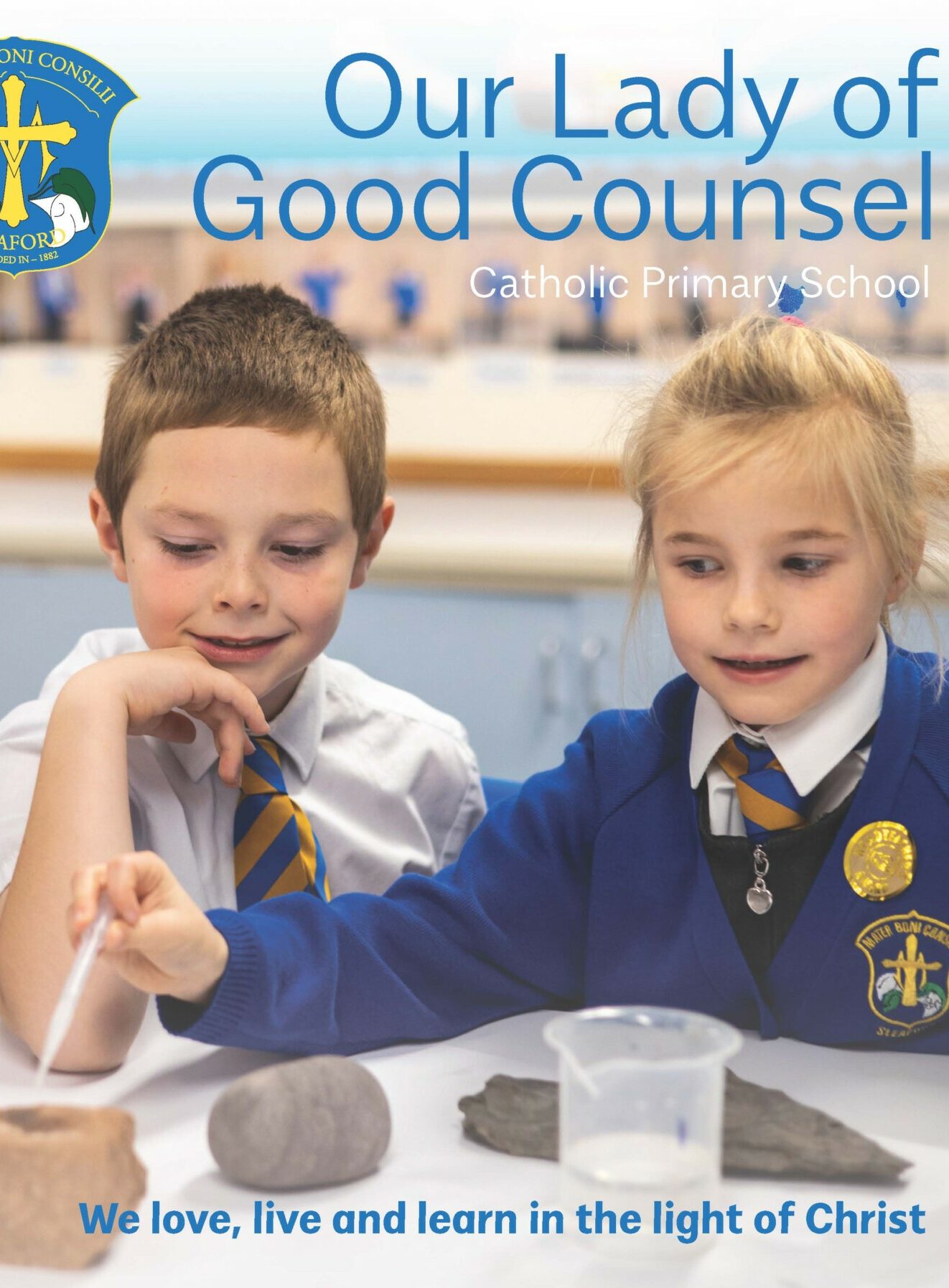Your child will have left the Early Years Foundation Stage behind in reception, although some goals may be carried on with them as they move into Year 1. This will be their first year of the National Curriculum.
Like all year groups, Year 1 has government statutory schemes of learning to follow. The children will be assessed at the end of the year to see if they have reached the expected standard. All children are supported in order to achieve this and are given extra support and guidance if needed.
In Year 1, your child will have a growing knowledge of phonics and will be building up a range of reading skills. The focus is now on developing their phonics and comprehension skills as they become confident and fluent readers. They will continue to engage in daily Read Write inc lessons. Please remember to ensure that your child uses the pure sounds when reading. A guide to the pure sounds can be found here.
In June, your child will take the phonics screening check to make sure they are reading at the expected level. For information about the check, see the Oxford Owl Phonics screening check page.
In additon to Rwi, the children will learn English through all sorts of wonderful stories and they will also act out stories that may be familiar to you at home. They will plan and write their own wonderful creative stories, design posters, and leaflets. They will learn to write in sentences and to use exciting language – all while improving their handwriting. You will probably be amazed at their development on your first parents’ evening!

